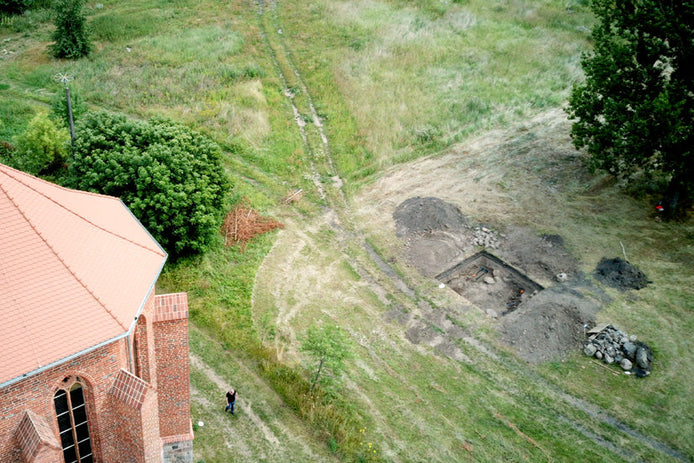Yamashita’s Treasure: Legend, History and Modern Exploration
Yamashita’s Treasure remains one of the most intriguing wartime mysteries of the twentieth century. The story blends military secrecy, regional folklore and modern exploration methods, making it compelling for historians and treasure hunters alike. It centers on the belief that Japanese forces hid enormous quantities of gold and cultural assets in the Philippines during World War Two. Because no verified discovery has ever surfaced, the legend has grown stronger over time. Each new generation revisits the mystery, driven by technological advancements and renewed curiosity.
Wartime Origins and Geopolitical Context
The legend emerged during the final years of World War Two as Japanese forces moved valuable assets across Southeast Asia under intense pressure. These shipments allegedly included gold, foreign currency and cultural artifacts seized from occupied territories. As Allied troops advanced, commanders were forced to hide assets quickly, often without proper documentation. This chaotic environment created the perfect conditions for lost wartime reserves and unexplained gold movements. The absence of complete records allows speculation to continue today.
General Tomoyuki Yamashita became central to the story due to his command over key territories in the Philippines. Witness reports later described tunnels, reinforced chambers and sealed caves created during the occupation. Yamashita’s strict leadership style made an organized concealment effort seem plausible. Although historians debate whether he personally directed such operations, his reputation helped solidify the legend. Combined with limited wartime records, the uncertainty created fertile ground for long-lasting speculation.

Source: amenhtp, Public domain, via Wikimedia Commons
The broader wartime landscape also supports the myth’s plausibility. Southeast Asia was resource rich, and Japan relied heavily on these assets to sustain military operations. Rapid troop movements and secret relocations of wealth left fragmented documentation. Many transfers recorded in wartime logs end without clear destinations. This disconnect fuels the idea that caches were hidden and never reclaimed, giving researchers and explorers possible leads even decades later.
Speculated Composition and Value
Accounts of Yamashita’s Treasure often describe gold bars, gemstones and cultural artifacts taken from countries across Southeast Asia. Witnesses mentioned foreign stamped gold, suggesting that national reserves may have been involved. Others reported seeing crates of religious icons, temple objects and artworks shipped alongside bullion. If even a portion of these descriptions is accurate, the treasure would hold immense historical value in addition to financial worth. This mix of items contributes to the legend’s extraordinary appeal.
Expeditions and Modern Search Practices
Many expeditions have sought Yamashita’s Treasure, ranging from small private digs to large investor-funded operations. The Roxas case is the most famous, involving claims of a golden Buddha and several gold bars. Media attention made the story internationally known, although no conclusion was ever universally accepted. Instead of closing the matter, the controversy reinforced the myth and inspired further searches.
Cultural Significance and the Role of Detection Technology
Even without proven results, Yamashita’s Treasure remains deeply embedded in Philippine culture and global treasure lore. Local communities preserve stories connecting caves, hillsides and villages to hidden gold. These legends influence tourism and pass through generations as shared heritage. Globally, the tale fuels documentaries, books and online discussions that blend history with adventure. The emotional appeal lies in the enduring possibility of uncovering something extraordinary.
Advanced detection technology plays a central role in today’s exploration strategies. High-end detectors and 3D ground scanners can probe deeper and interpret underground structures more accurately than traditional tools. Manufacturers like OKM offer systems capable of visualizing anomalies, cavities and metal concentrations at significant depths. In rugged terrain linked to the Yamashita legend, these devices significantly increase the chances of identifying meaningful targets. While no technology can guarantee a discovery, it transforms exploration into a methodical, data-driven process.
Frequently Asked Questions
Is there confirmed proof that Yamashita’s Treasure exists?
No. Many stories and claims exist, but none have been officially verified.
Why is the treasure linked to the Philippines?
The Philippines was a strategic wartime hub with locations ideal for concealment.
Has anyone found part of the treasure?
Several claims exist, but none are universally accepted as definitive.
Why do people continue searching?
The unresolved mystery, historical plausibility and potential value keep interest alive.
Can modern detectors improve discovery chances?
Yes. Advanced detectors and 3D scanners greatly improve subsurface visibility and accuracy.


